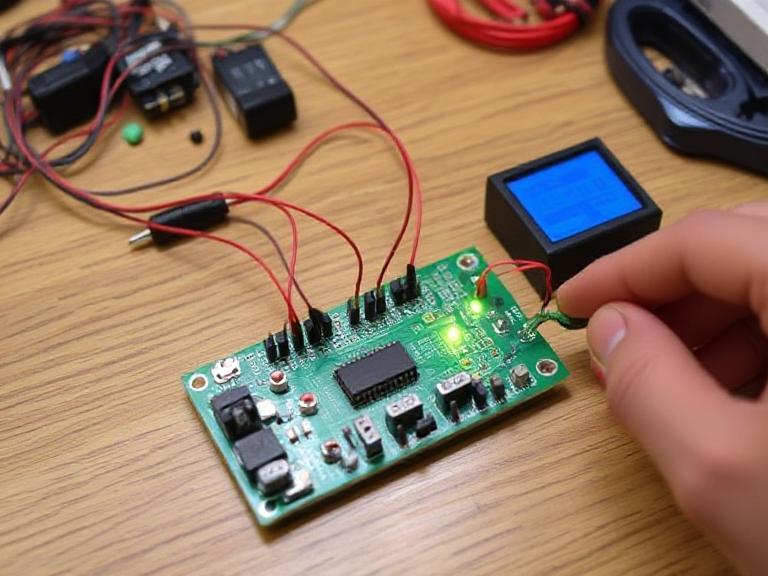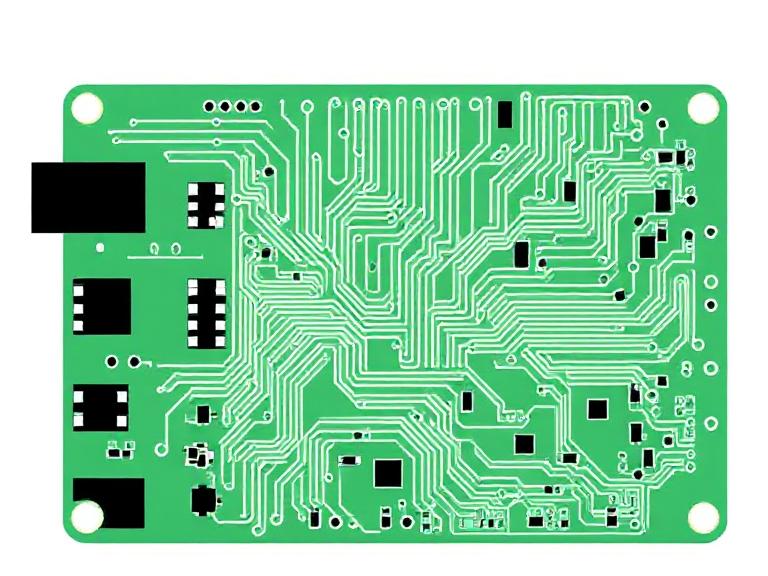7 steps to Assemble Electronics: A Complete Guide for 2025
Table of Contents
- Introduction
- About Wintech: Turnkey Electronics Manufacturing
- Electronic Assembly Process Overview
- Step-by-Step Guide to Assembling Electronics
- Tools and Equipment Required
- Tips for Successful Assembly
- Common Mistakes to Avoid
- Why Choose Wintech for Electronic Assembly?
- Summary Table
Introduction

Assembling electronics is a complex but rewarding process that combines precision, knowledge, and technology. Whether you're developing a prototype or working on a full production run, understanding how electronic assembly works is essential in 2025. From PCBs to complete systems, accuracy and quality are key.
About Wintech: Turnkey Electronics Manufacturing
Wintech is a global leader in high-mix, low to mid-volume electronics manufacturing. Offering full turnkey services, Wintech provides customized solutions for highly complex, large, and high-precision electronic assemblies. Trusted by Fortune 500 companies worldwide, Wintech's services include:
- PCB Design & Layout
- PCB Manufacturing
- PCB Assembly & PCBA SMT
- Quick Turn Fast PCB Prototype Assembly
- New Product Introduction (NPI)
- Plastic Molding
- Metal Precision Machining
Electronic Assembly Process Overview
Electronic assembly involves integrating various electronic components into a printed circuit board (PCB) to form a fully functional system. The process typically includes:
- PCB design and manufacturing
- Component sourcing
- Surface Mount Technology (SMT) and Through-Hole Assembly
- Inspection and testing
- Final assembly and packaging
Step-by-Step Guide to Assembling Electronics
Step 1: Schematic Design and BOM Creation

- Use design software (e.g., Altium Designer or Eagle) to create the circuit.
- Generate a Bill of Materials (BOM) with component part numbers and specifications.
Step 2: PCB Layout Design

- Design the PCB layout, ensuring proper trace routing and component placement.
- Wintech offers high-precision PCB layout services for complex structures.
Step 3: PCB Fabrication
- Submit Gerber files to a reliable manufacturer like Wintech.
- Choose board material, layer count, finish, and thickness.
Step 4: Component Procurement
- Source components according to the BOM.
- Ensure all parts are RoHS-compliant and quality verified.
Step 5: PCB Assembly (SMT and THT)
- SMT: Components are placed on the PCB using pick-and-place machines, followed by reflow soldering.
- THT: Through-hole components are manually or automatically inserted and soldered using wave soldering.
Step 6: Inspection and Testing
- Use Automated Optical Inspection (AOI), X-ray, and Functional Testing to ensure board quality.
- Correct any identified issues through rework stations.
Step 7: Final Assembly
- Assemble the full product including housing, connectors, and cables.
- Perform final functionality tests before packaging.
Tools and Equipment Required
Depending on the scale and complexity, assembling electronics can require:
- Soldering station or reflow oven
- Multimeter and oscilloscope
- Pick-and-place machine (for high volume)
- Microscope or magnifier
- Component tweezers and cutters
- ESD protection gear
Tips for Successful Assembly
- Always work in an ESD-safe environment.
- Double-check component orientation before soldering.
- Keep a clean and organized workspace.
- Use high-quality solder paste and flux.
- Test frequently during the assembly process.
Common Mistakes to Avoid
- Incorrect placement of polarized components (e.g., diodes, electrolytic capacitors)
- Cold solder joints or excessive solder
- Insufficient testing before power-up
- Neglecting thermal management in the design stage
Why Choose Wintech for Electronic Assembly?
Wintech combines engineering excellence, global supply chain access, and world-class manufacturing capabilities to deliver reliable, efficient, and cost-effective electronic assembly solutions:
- High-level and high-difficulty assemblies
- Large-size and complex structures
- Prototyping to mass production support
- Dedicated engineering support for new product introductions
Summary Table
| Assembly Stage | Description | Wintech Advantage |
|---|---|---|
| Schematic & BOM | Design circuit and list components | Professional layout and BOM validation |
| PCB Layout & Fabrication | Design and produce circuit boards | High precision & complex structure handling |
| Component Sourcing | Procure quality parts | Global supply chain access |
| Assembly (SMT & THT) | Mount components on the board | Full SMT/THT capability with quick-turn |
| Testing | Ensure functionality and quality | Advanced AOI, X-ray, and FCT testing |
| Final Product Build | Enclosure, wiring, and packaging | Turnkey box build solutions |
Conclusion: Assembling electronics in 2025 requires not just tools and components, but also precision, expertise, and quality assurance. With Wintech’s end-to-end services, from PCB design to full system integration, you can ensure that every electronic product meets the highest standards of performance and reliability.






